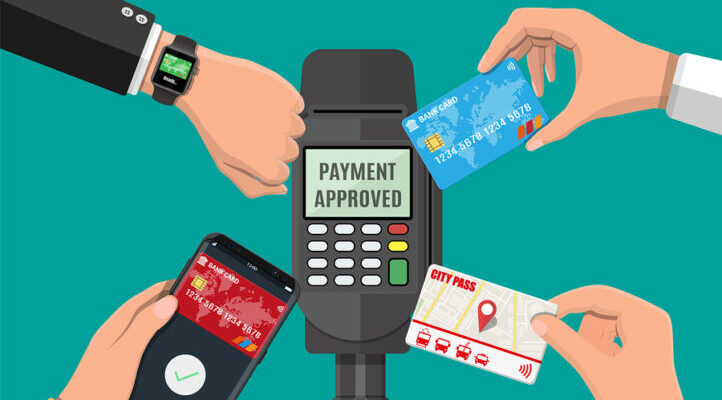The NAB is urging SME business owners to ensure that they are providing the best payment options for all their customers, as well as fitting their business model.
The reminder comes as a Reserve Bank of Australia (RBA) survey shows the number of cash payments made by Australians halved in the three years to 2022 – from 32 per cent to 16 per cent of all in-person transactions. Overall, cash made up just 13 per cent of all payment transactions by number in 2022.
The advent of the National Payments Platform – or the system that allows fast payments to occur within minutes – has further changed peoples’ expectations of how everyday transactions should occur.
In response to this trend, the survey found that over one-quarter who indicated to the RBA they would suffer a “major inconvenience” or “genuine hardship” if cash was hard to access or use.
“Business is already responding to this challenge and considering how to better accept digital payments as consumers change their purchasing habits to include everything from online transactions to mobile wallets,” Julie Rynski, NAB Executive Business Banking Metro and Specialised, said. “However, the increasing number of payment channels means there is no one-size-fits-all solution for SMEs adapting to this new environment.”
The NAB states that the key towards addressing the payment option quesrtion is to consider which technologies and payment channels are most suited to an individual business model. In particular, it noted three critical considerations to guide a final decision:
1. Tailor a solution
“Understanding the needs of both customers and third parties involved in transactions is paramount to determining the right payment solutions – as every business has different requirements,” Rynski said.
For example, a business that makes sales through third-party platforms may need a payment infrastructure that is compatible with multiple systems. By contrast, a business that takes over-the-counter payments for small ticket items is most likely to require easy access to branches, a local post office with banking facilities, and a simple merchant terminal. Meanwhile, companies with high turnover – such as fast-food operators – may benefit from packages that include merchant terminals, a payments app and cash collection.
NAB says that an integrated reporting system should be a core component of any package for a group business model, as well as an efficient online banking platform. “In all instances, the aim should be to fashion the right package for each business type and its customers,” Rynski said.
2. Consider cost and access to cashflow
Most banks tend to provide same-day settlement to a business that holds both its merchant’s terminal and business account with them. But for those who hold a terminal with one bank and an account with another, settlement is usually on a next-day basis. The pricing offered by banks can also vary widely in this hotly competitive market, so businesses need to consider all options.
Another thing to consider is if a customer pays online, how quickly does that money hit the business account or if another pays via a merchant’s terminal, how long it takes for the cash settlement to complete.
3. Have a contingency plan
All businesses are advised to have a backup in case a merchant terminal goes down due to an outage, or there is another technical issue that could cause a potential loss of sale. For SMEs, this ould be as simple as a contactless solution that allows users to operate a phone as a payment terminal or an electronic fallback capability that enables merchants to continue trading up to a predetermined amount in the event of an outage.
Such solutions are on offer with no up-front setup cost and don’t require a separate terminal. Same day settlement is still provided, and all payments are secure. The lack of minimum contract terms makes it an ideal option for occasional use and the technology has the added advantage of offering data insights that can help establish sales trends.














